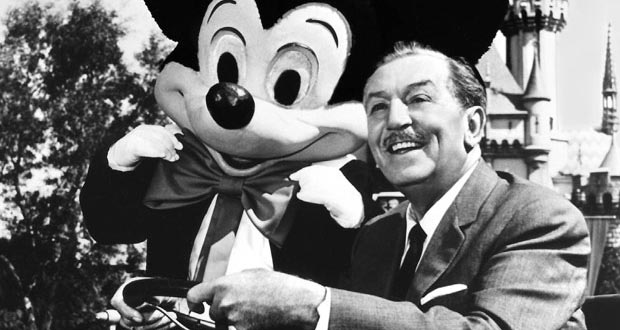Love them or hate them, storyboards serve as an indispensable tool to help organize proposal sections. I was surprised to learn that storyboards originated in the studios of Walt Disney in the early 1930s. At Disney, storyboards allowed the company to get control over the movie making process in a setting where costs are high. The storyboard provided a sketch story line and illustrations of what the scene should look like. This vital tool enabled the director, cameramen, writers, actors, and editors to prepare a scene that told the story in the way envisioned by the producers.
In 1944, Disney first used the storyboard approach to develop a short feature called The Three Little Pigs. In 1939, Gone with the Wind was the first full length film to be shot based on detailed storyboards. Shortly after the success of Gone With the Wind, storyboards became a standard for film production in Hollywood.
Proposals are like movies in that the preparation process is complex and expensive, and the quality of the product has large financial repercussions. There is a clear two-sided argument about the effectiveness of storyboards online. While storyboarding can be a tedious process, it can help develop the argument in ways usually not possible without it. Therefore, some professionals would ask, why does anyone still attempt to prepare a proposal without storyboards? In an industry where every ounce of persuasiveness is golden, why aren’t more teams using storyboards to lower risk?
One of our customers had personnel who were afraid of storyboards. Their solution was to give storyboards a different name, so the tool wouldn’t seem so scary to the authors. Thus far no one has discovered a better way to ensure that the authors develop each proposal point in a persuasive and conclusive way without storyboards.
A seasoned proposal manager once told me: “Give me three minutes, and I can tell you if a proposal was written with or without storyboards. The government reviewers also know. The ones that didn’t have storyboards are usually not the winners.”
Are you for or against storyboards? Share your thoughts in the comment section below!






Leave A Comment